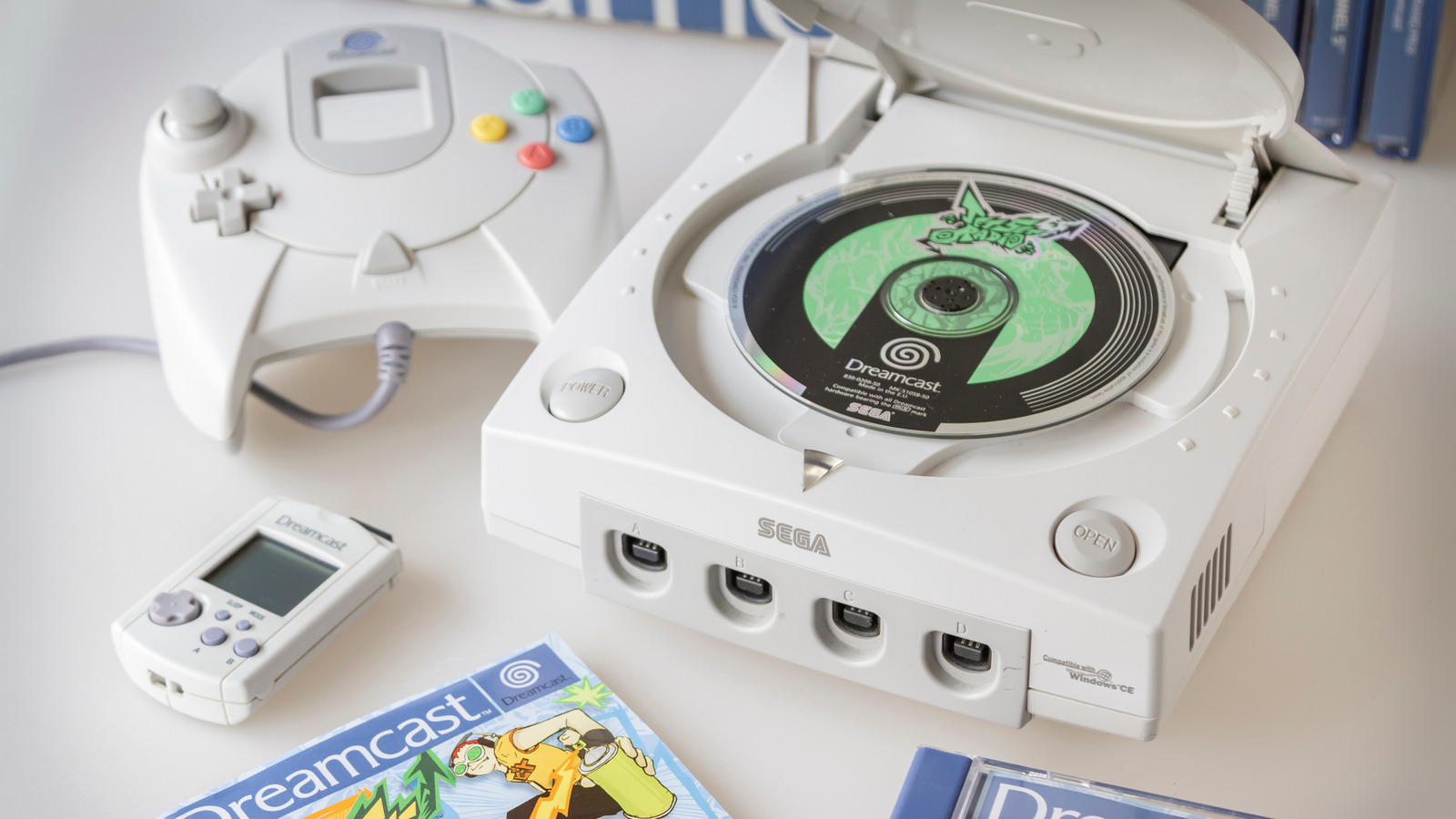Following the success of Sony’s first handheld, the PSP, the company hoped to get another win with the PlayStation Vita. On paper, it should have been a contender in the handheld market, but a few things went awry along the way.
The Vita was fighting an uphill battle from the start against the reigning champion of gaming handhelds, Nintendo. The DS remains the highest-selling handheld of all time, with more than 154 million units sold (via Visual Capitalist). It’s among the highest-selling consoles of all time, handheld or otherwise. In an effort to compete, the Vita doubled down on functionality, and it wasn’t any slouch.
In addition to having cutting-edge graphics, for the time, users could also use the Vita for remote play. With a wireless connection, the Vita could connect to your PS4 and play nearly any game from anywhere in the world as long as both the PS4 and the Vita were connected to the internet. When at home, you could also use the Vita as a secondary screen, displaying peripheral information from your games (via PlayStation).
All it needed was a robust game library of its own to supplement the objectively cool additional functionality it gave your primary console, and that’s where Sony failed. In response to the rising popularity of mobile gaming on cell phones, Sony squandered the Vita, pulling first-party games just four years after its release (via TheGamer).
